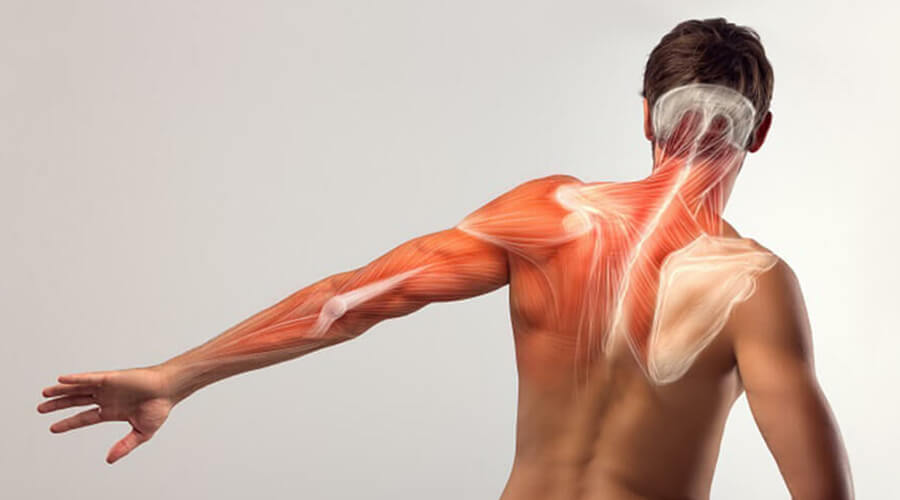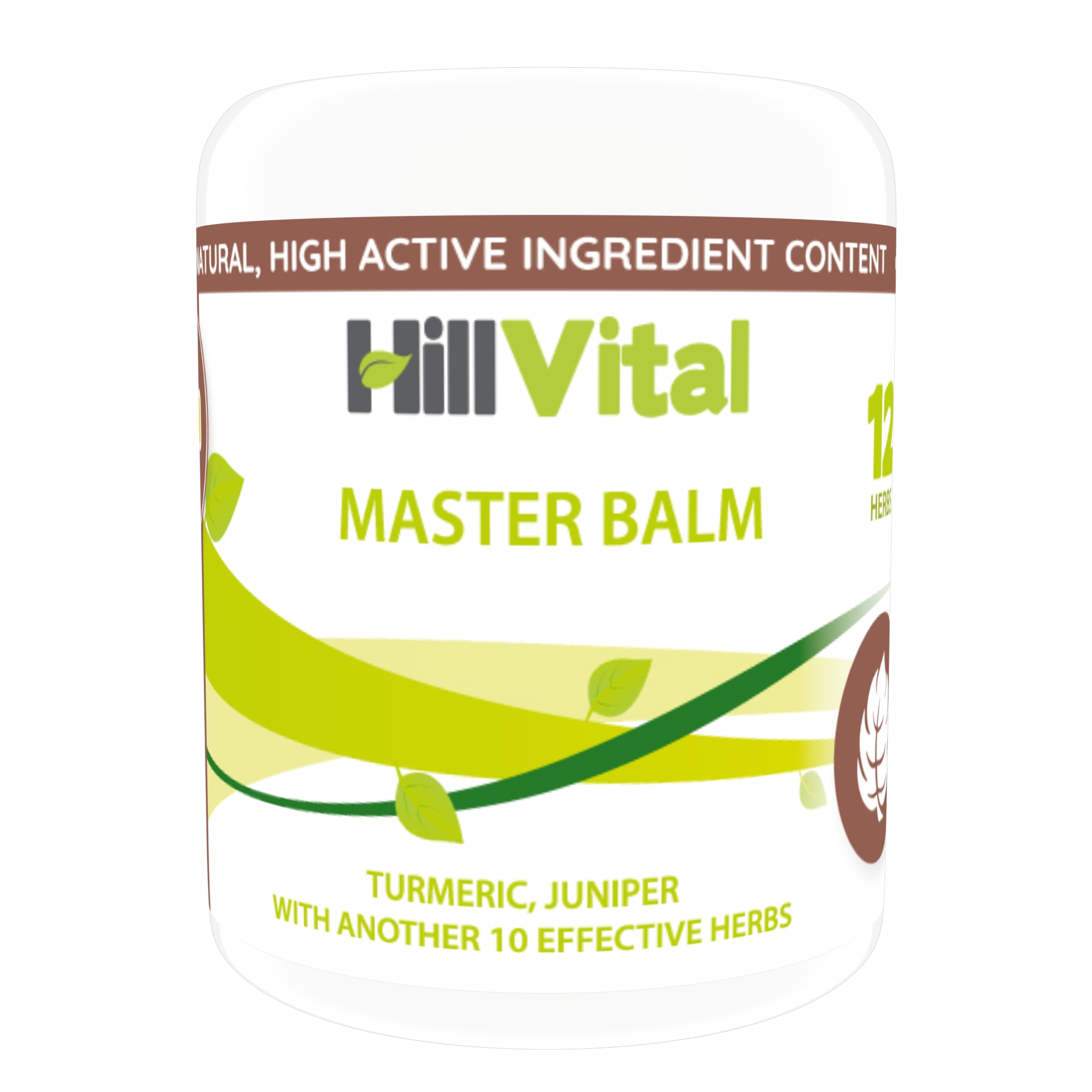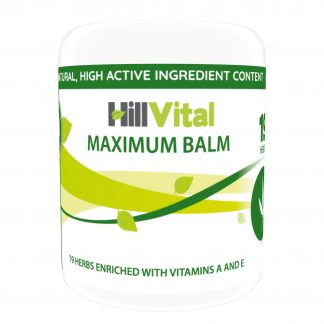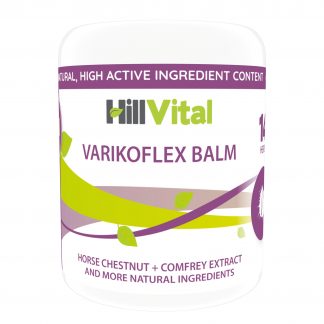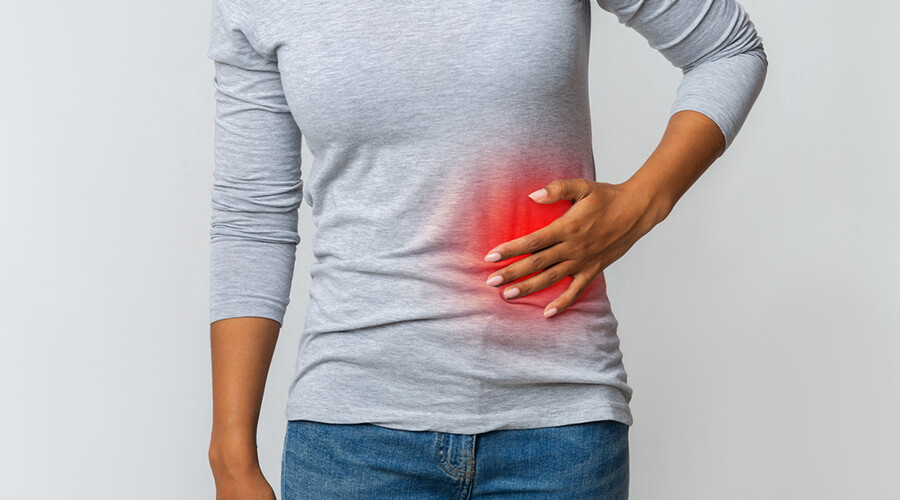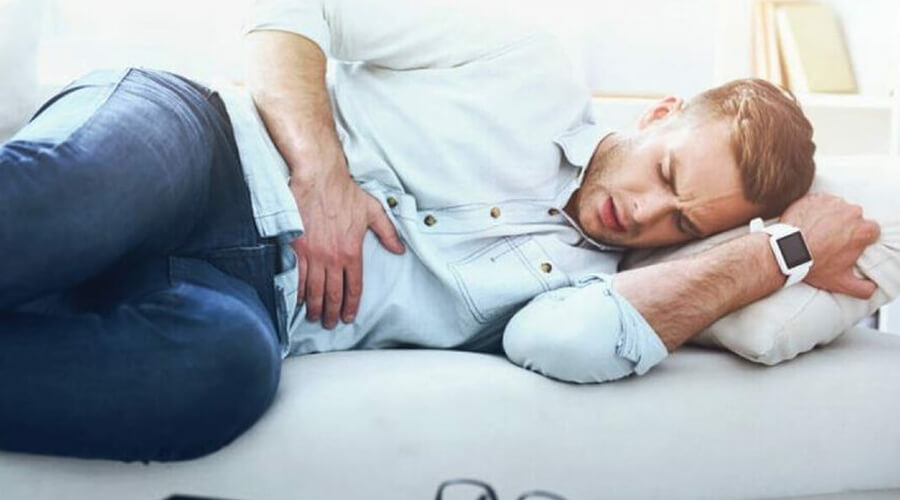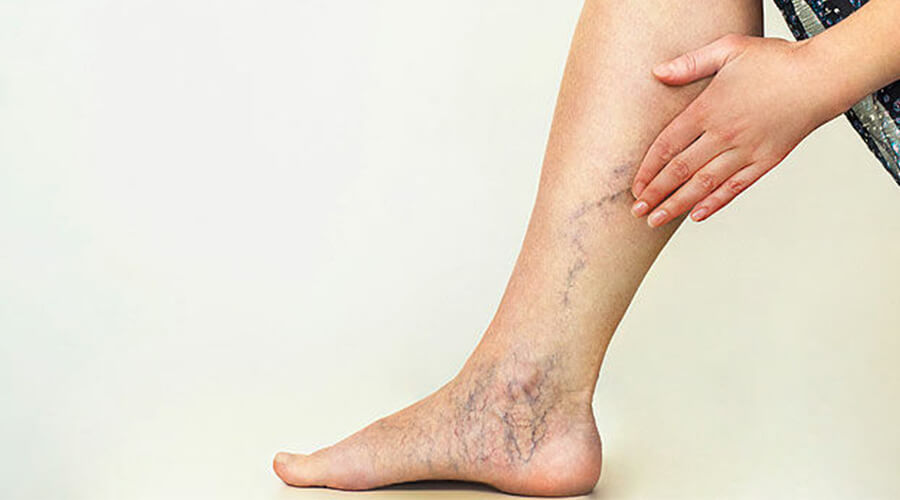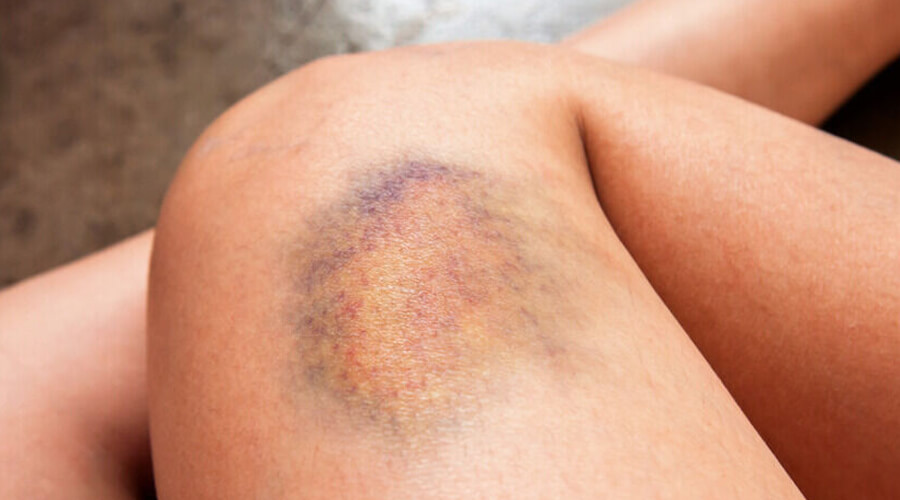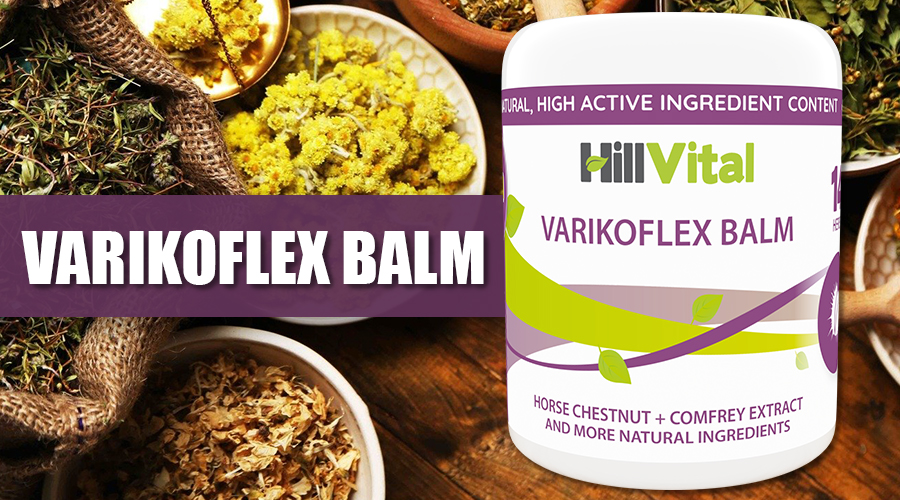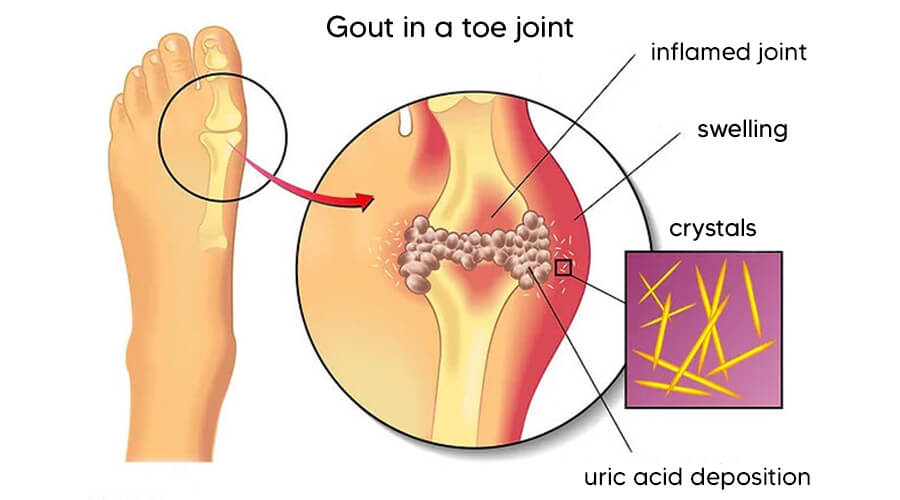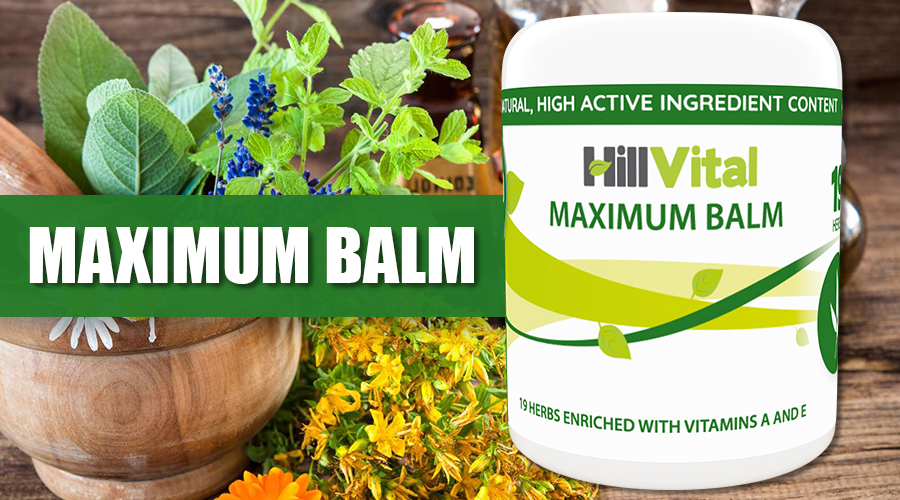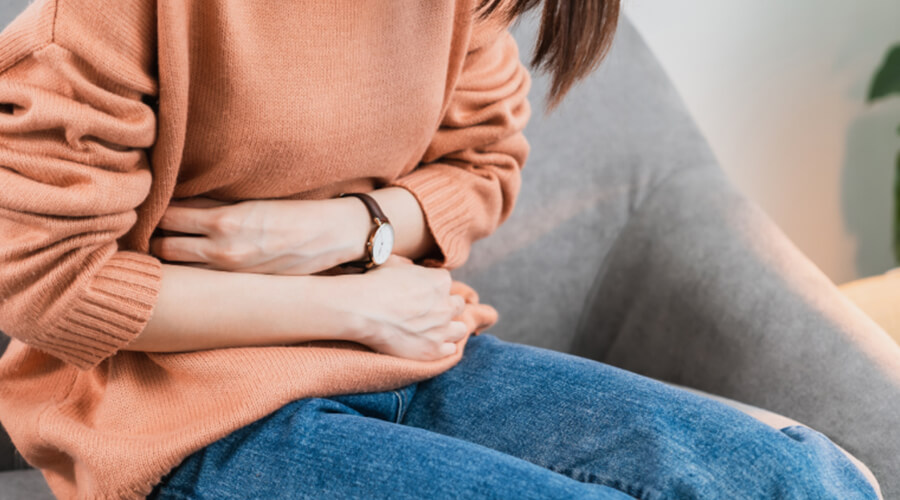
Stomach pains can be a source of discomfort for many people. However, there are a number of herbal teas and herbs you can use to relieve stomach cramps. In such cases, you should seek immediate help to relieve the pain. These are the ones we are going to introduce you to.
If you don’t have any medicine to hand, or prefer to stick to more natural solutions, home remedies for stomach pains can be an option.
The most effective home remedies for stomach pain!
Baking soda can help with stomach pain. However, this is only a temporary relief. Many people use and like baking soda because its effects are almost immediate, whereas with a medicine you have to wait up to half an hour to feel the effects. Unfortunately, this benefit is only apparent. Bicarbonate of soda is very fast-acting for stomach pain, but it wears off quickly and the pain or heartburn can come back again. In this case, of course, you need another dose of bicarbonate of soda.
All you need to do is mix a teaspoon of baking soda in a glass of water and drink it. This will help with mild burping in most cases and also helps with acid reflux. Stomach chemistry cannot be adjusted so easily with a little bicarbonate of soda. So it is only recommended for mild stomach pain or as a temporary solution. But if that’s not enough, the more adventurous can try drinking a teaspoon of bicarbonate of soda with a little apple cider vinegar. It can also be a great help in uncomfortable moments, but if you do this you should be aware that vomiting may follow.
– If you’re prone to it and often experience bloating with stomach pain, you should eat papaya. Thanks to the enzyme it contains, it can eliminate bloating.
– You may also want to try rice “tea”, as this can also help relieve stomach upset. It can also be effective against stomach ache at home. Boil half a cup of rice in 6 cups of water. Honey can be added to the liquid. Sip it while it is still warm.
– Medicine can also be effective for frequent stomach pain. Antacids are also used to treat the acid reflux that can cause stomach pain – this is simply an antacid. It can be either in the form of chewable tablets or in some liquid form. In most cases, the active ingredient is a combination of calcium and magnesium carbonate, which is neutralised by the acids in the stomach and the pH of the stomach rises after just a few minutes. This of course means that these antacids interfere with the body’s self-regulatory system. So it is not advisable to take medicine for severe stomach pain for a long time, just for a few days until the problem goes away.
There are also teas for stomach aches and pains, and there are several varieties. You wouldn’t believe how effective it can be, and it’s all natural.
– Katanga: recommended for those with a heavy stomach. It is a great digestive herb. It can be prepared in 2-3 minutes and should be taken in the evening as a cure for 1 month.
– White acacia flower: it can reduce stomach acid production, so it can also be used to relieve reflux. It is also known to have an appetite suppressant effect, but also has a minor laxative effect. White acacia flower is an excellent herbal tea for stomach ache.
– Goldenseal: recommended for bloating and a feeling of fullness. It is recommended to take 1 cup after a meal. It is also recommended for diarrhoea. It also helps the bile and the liver. To prevent digestive problems, it is recommended to consume 2-3 cups per week.
– Forest raspberry leaf: relieves nausea and aids digestion and can also provide relief from intestinal spasms. You can also use it to relieve diarrhoea.
– Chamomile tea for stomach ache: the best home remedy for stomach ache is chamomile tea. It is almost common knowledge that the essential oils in chamomile have anti-inflammatory properties. It is also recommended for mild stomach problems and abdominal pain.
– Wild blackberry leaf: this tea is great for diarrhoea. Brew it for just a few minutes to release the astringent tannins. Drink up to 3 cups between meals.
– Walnut leaf tea: many people do not know that not only the fruit but also the leaves of the walnut tree can be used. Folk tradition and natural medicine attribute many beneficial effects to it. Its leaves contain valuable tannins and essential oils, which are excellent stomachic and digestive aids.
What else is good for a stomach ache?
Here we would like to highlight ginger, as it can be excellent for stomach pain. Ginger for stomach ache can be especially useful for everyone. Although you can also make tea from it, we prefer to buy it separately. This is due to the fact that it is most commonly used as a tea ingredient, meaning it can be made with any tea. However, if you want to use it for stomach upset, it is best to chew it raw. It is worth eating a little every day, as it can help to reduce stomach upset, nausea, stomach pain and acid reflux.
How is a stomach ulcer treated at home?
There are several home methods for treating stomach ulcers, but not all of them have been scientifically proven. However, bioflavonoids can have a beneficial effect, so it is a good idea to eat as many vegetables and fruits as possible. Examples of plants with high bioflavonoid content include grapes, apples, berries and dark green leafy vegetables. In addition, probiotics can be very effective and are particularly important if you need to take antibiotics.
What can you do if your stomach cramps or hurts?
Spasmodic pain around the mouth can be caused by food, stress or even bacteria. In these cases, however, the pain is almost temporary. In more serious problems, such as gallstones or kidney stones, the pain can last for hours. In addition, there are also cramps caused by menstruation in women. In such cases, a warm water bottle can be used at home to relieve the pain in the stomach by placing it on the painful area and reducing the cramps and nausea. Fortunately, however, there is also a tea that can be easily prepared by yourself. For stomach cramps, herbal teas such as fennel, ginger, anise, chamomile or basil are great. Prepare them in the traditional way and when consuming them, try to drink them without flavouring. So for severe stomach cramps at home, some herbal teas can be great.
There may also be a case where the pain in the stomach radiates to the back. Yes, stomach pain can radiate to the back. In this case, stomach problems such as heartburn and gastritis can cause back pain.
If stomach pain is also associated with bloating, it can usually be caused by:
Gastrointestinal diseases: Gastrointestinal diseases such as irritable bowel syndrome, gastritis, colitis and pancreatitis can cause stomach pain and bloating.
Eating habits: Stomach pain and bloating can be caused by food, drink or eating habits, such as excessive consumption of certain foods, e.g. fizzy drinks, dairy products, sweeteners, spicy foods, eating too quickly and large portions of food.
Stress and anxiety: stress and anxiety can also cause stomach pain and bloating. Stress and anxiety can cause the body to become tense and can lead to stomach problems.
Medications: some medications such as steroids, antibiotics, aspirin and non-steroidal anti-inflammatory drugs (NSAIDs) can also cause stomach pain and bloating.
There are several causes of stomach pain:
-Heartburn
-Gastritis (inflammation of the stomach)
-Reflux
-Food poisoning
-Disordered eating
-Stress and tension
-Organic lesions
What should I do if my stomach hurts?
In case none of the above methods help to relieve stomach pain, it is recommended to consult a doctor and investigate the exact cause of the pain!
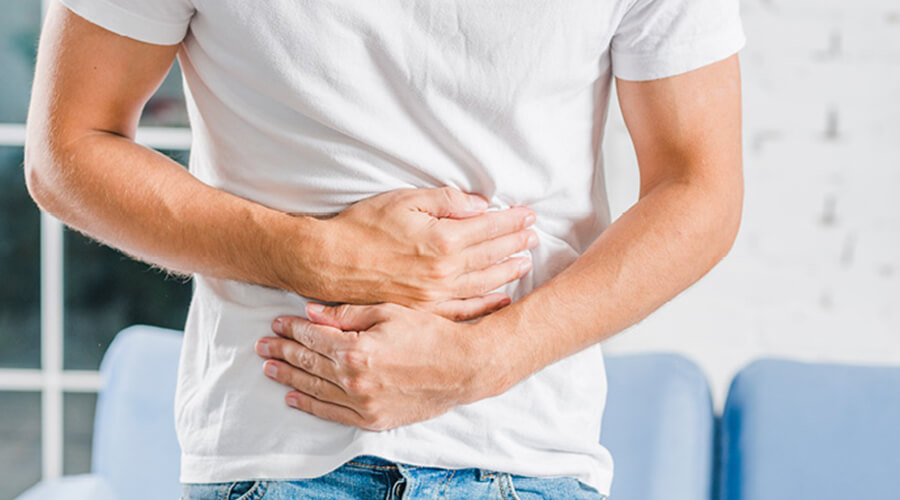
What can you do for stomach pain?
One of the most tried and tested and simple methods, and often instinctive, is to find the position that hurts the least. This usually means lying on your side or with your legs up. In this case, the muscles are hardly stretched at all. Warming pads can also be used to cause localised congestion. Also avoid eating heavy, fatty, bloating foods for a while.
If this does not help, or is not enough, you can also use raspberry leaf tea or Chinese star anise tea in addition to the herbal teas mentioned above.
Stomach pain in waves can be caused by many different things.
One of the most common causes is stress or nervousness, which can affect the digestive system and cause stomach pain. Overeating or eating spicy, fatty foods can also cause stomach pain in waves. Food poisoning, stomach infections, irritable bowel syndrome (IBS) and stomach ulcers can also cause similar symptoms.
Can stomach pain be treated with medicine?
Yes, it can be treated, but in this case, if the stomach pain persists for a longer period of time, a medical consultation is essential!
Is there a non-prescription medicine for stomach pain?
Yes, there are several different medicines available that can help relieve various stomach problems.


